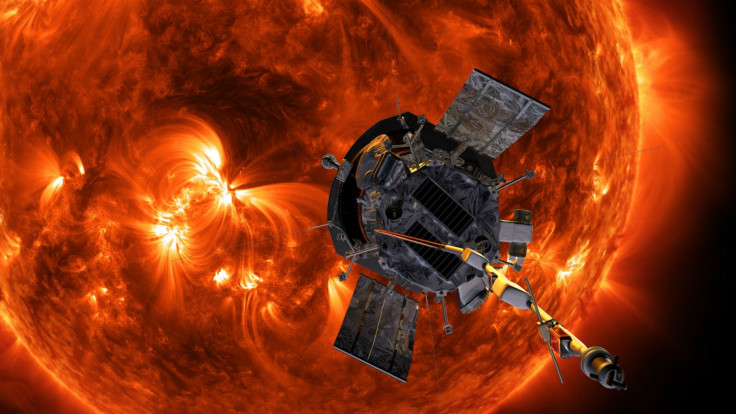Scientists Uncover Evolution Of Hazardous Space Radiation

KEY POINTS
- Scientists study how solar particles become hazardous radiation
- The study was conducted using NASA's Parker Solar Probe
- Coronal mass ejections have a direct effect on solar particles
A team of scientists was able to observe how the Sun’s emission evolves in space to become hazardous solar radiation. They were able to conduct their study using the data collected by NASA’s Parker Solar Probe (PSP) spacecraft.
The PSP was officially launched by NASA in August of 2018. Its main objective is to approach the Sun to study its behavior and surface activities.
For a new study that was published in The Astrophysical Journal, scientists from the University of New Hampshire used the data collected by the PSP from April 18 to April 24 in 2019. During this period, the spacecraft observed the solar energetic particle events from the Sun.
The scientists noted that these emissions came in the form of coronal mass ejections, which are blobs of plasma and energy that are produced from the Sun’s surface. As the coronal mass ejections move away from the Sun’s surface, they push the particles that were released by solar flare events. This phenomenon causes the particles to accumulate and build-up in front of the solar emissions.
“Because energetic particles are accelerated near the sun, by flying closer and getting a better look we are able to observe the beginning of the energization process and see them actually start to pile up like snow that piles up in front of a snowplow,” the study’s co-author Nathan Schwadron said in a statement.
“Instead of an actual snowplow, it is the coronal mass ejections released from the sun that cause the buildup of this material in space,” he added.
As the coronal mass ejections continue to push the solar particles, the latter become highly energized. These high-energy particles then continue to move across space at incredible speeds. Since they have become energized, the particles carry harmful radiation that can cause serious health issues for astronauts.
The high-energy particles could also affect the functions of spacecraft and satellites and cause disruptions in communication.
“The particles become so highly energized that they move at almost the speed of light and, as a result, can pose hazards in the form of harmful radiation that cause health issues for astronauts and damage electronic equipment in space,” Scwadron explained.
© Copyright IBTimes 2025. All rights reserved.





















